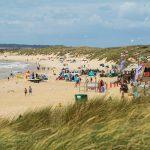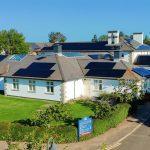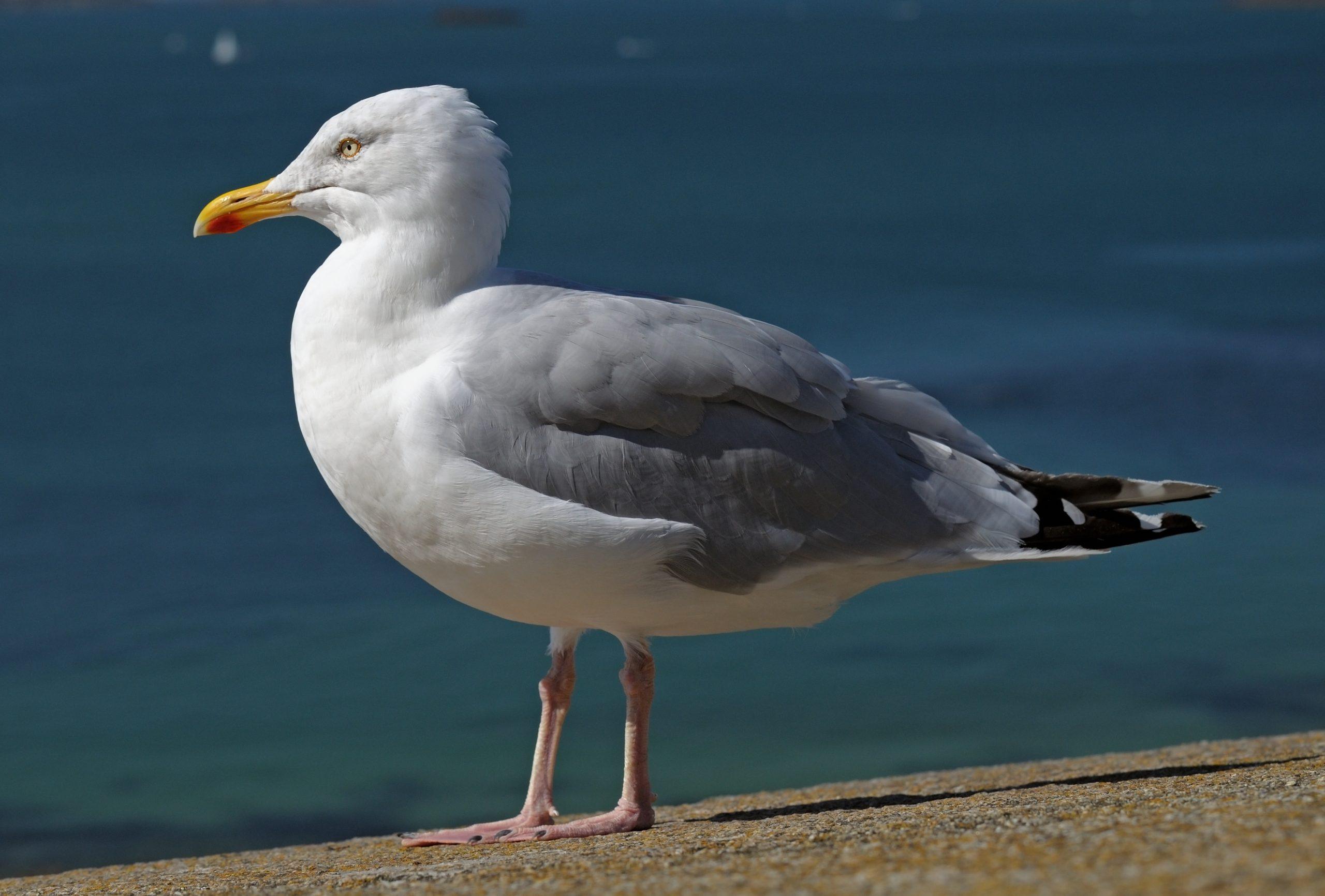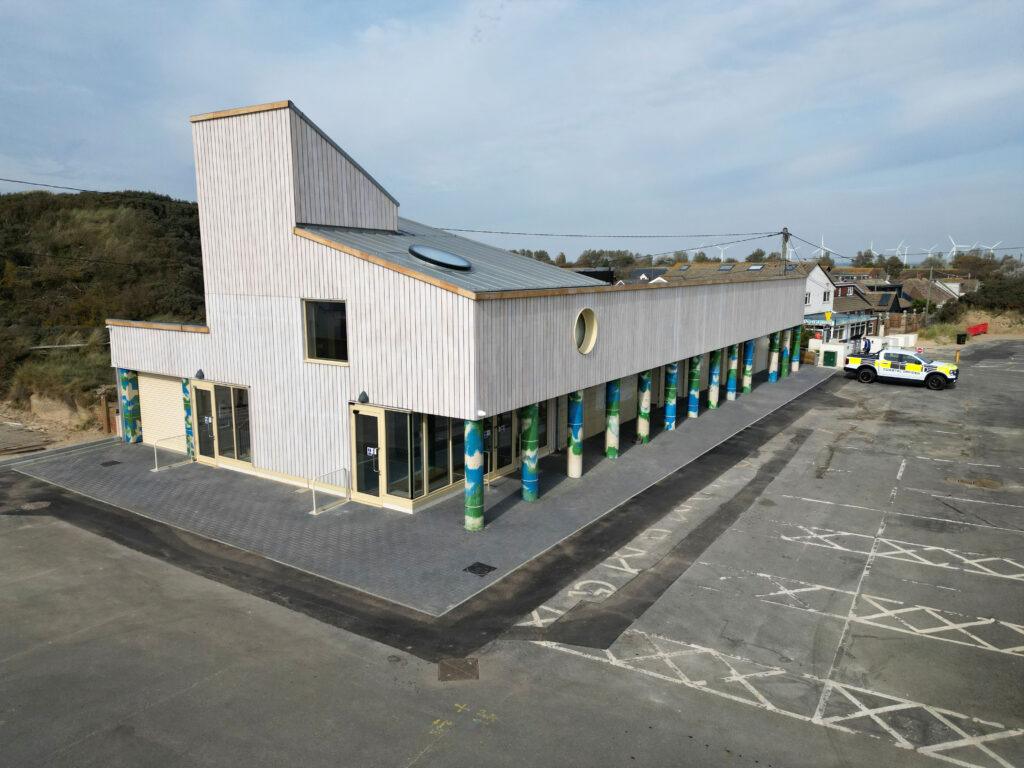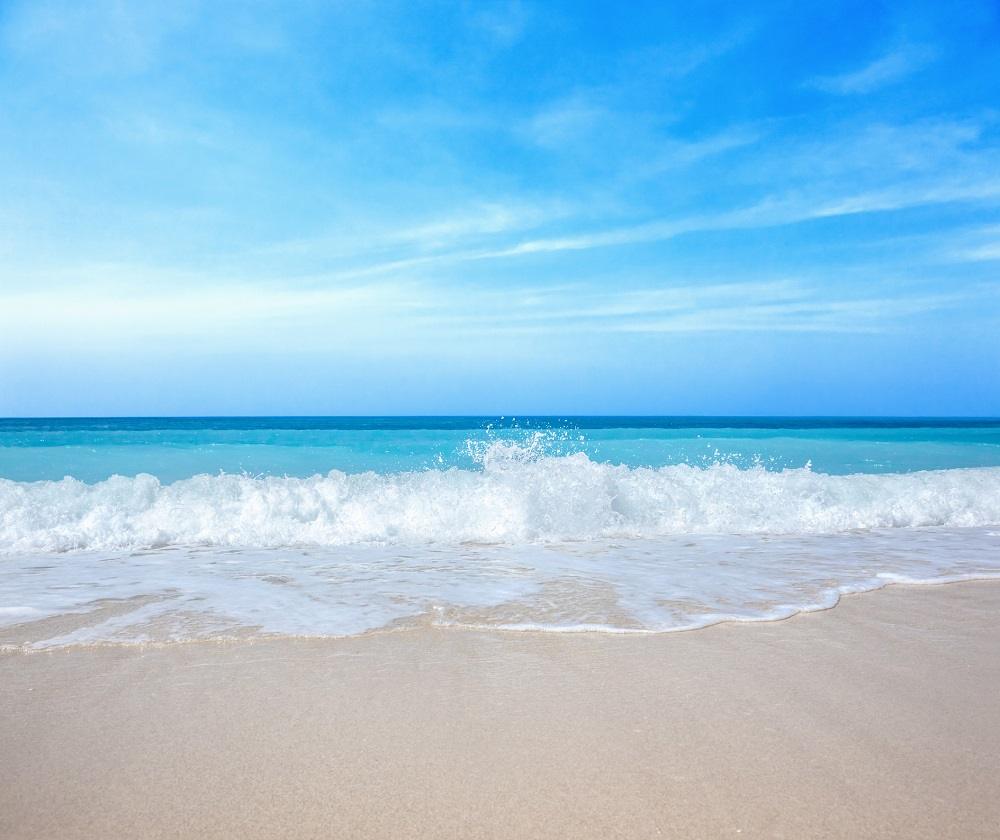So, President Trump dropped in (to Scotland) for a few days of golf and continued to tell us all how dreadful windmills (sic) are and how they are the biggest hoax of all. According to the president they cause everything from cancer to beaching whales. To be fair, I have heard locals complain that our own wind farm on the marsh could never be eco-friendly due to the amount of concrete poured in its construction.
Background
The Little Cheyne Court Wind Farm, located 7 kilometres west of Lydd on Romney Marsh, and visible from most homes in Camber, was built by Npower Renewables and cost around £50 million.
The 26 wind turbines, each 115 metres high, are distributed over an area of 4 km2 with peak generation of 59.8 MW.
The typical operational lifespan of a wind farm is 20–25 years. Little Cheyne Court is expected to remain active until around 2029–2034, depending on maintenance, upgrades, and repowering decisions.
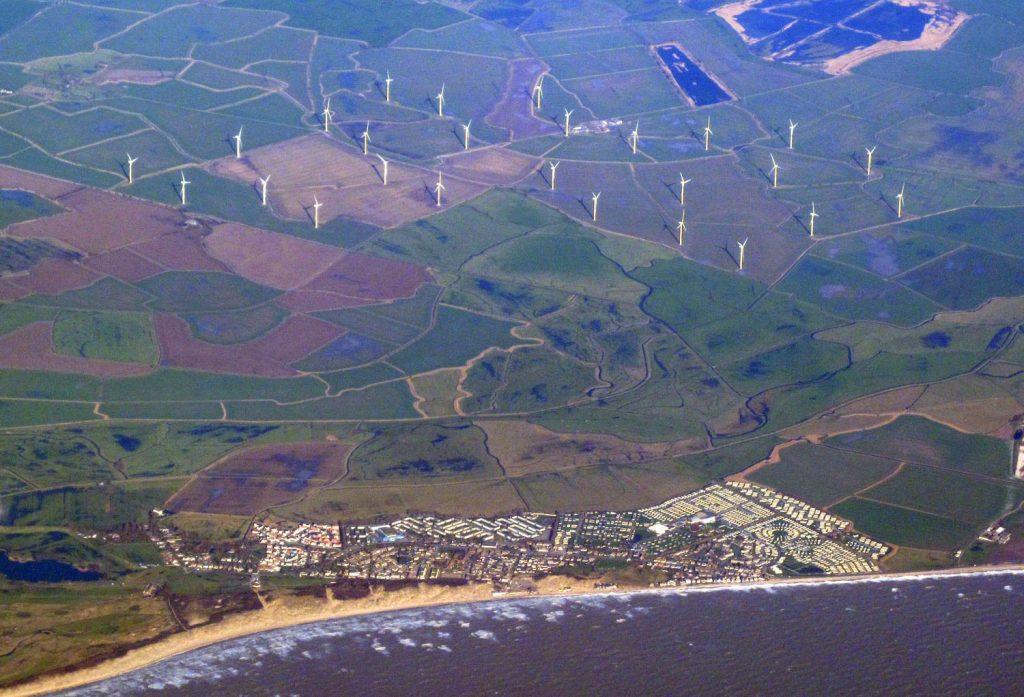
Wind Power & Health Concerns
According to CancerHealth.com;
“There isn’t a scintilla of evidence in scientific literature that the noise from wind turbines is linked to cancer.”
A review by the American and Canadian Wind Energy Associations found no evidence that audible or sub-audible sounds from turbines have any direct adverse physiological effects.
Wind turbines produce infrasound, but the levels are far below what would be needed to cause biological harm.
Cancer results from genetic mutations, and there’s no known mechanism by which sound could trigger these mutations.
Interestingly, wind energy may help reduce cancer rates indirectly: By replacing coal-fired power plants, wind turbines help reduce air pollution, especially fine particulate matter.
This pollution is a known carcinogen, particularly linked to lung cancer.
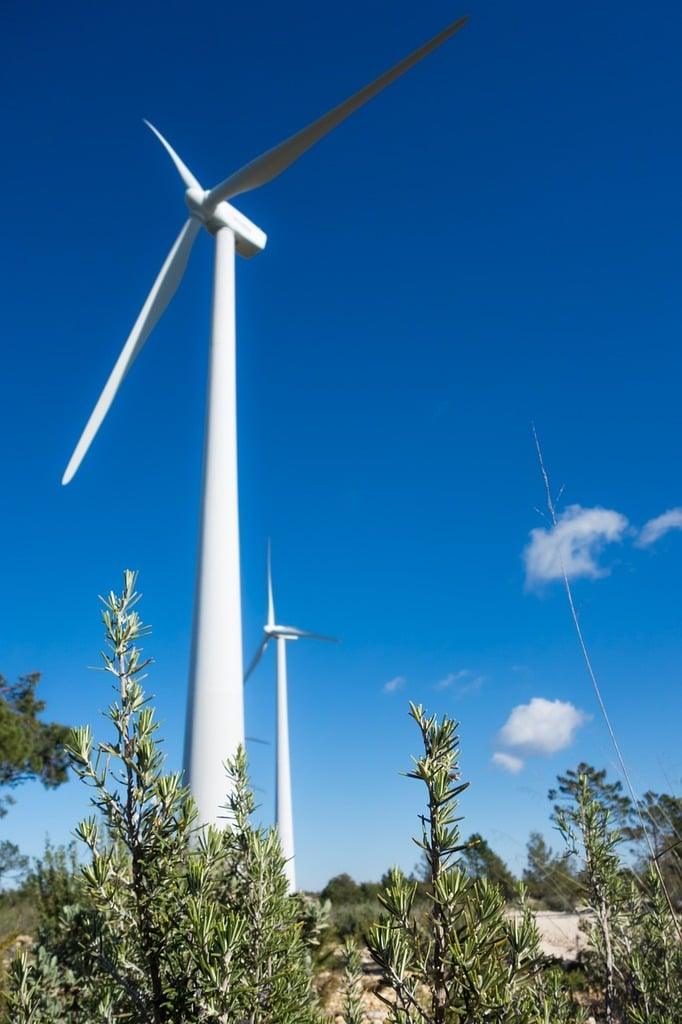
Wind Power in the UK
The headline news is that, in 2024, electricity generated by renewable sources has outperformed that produced by fossil fuels for the first time in the UK.
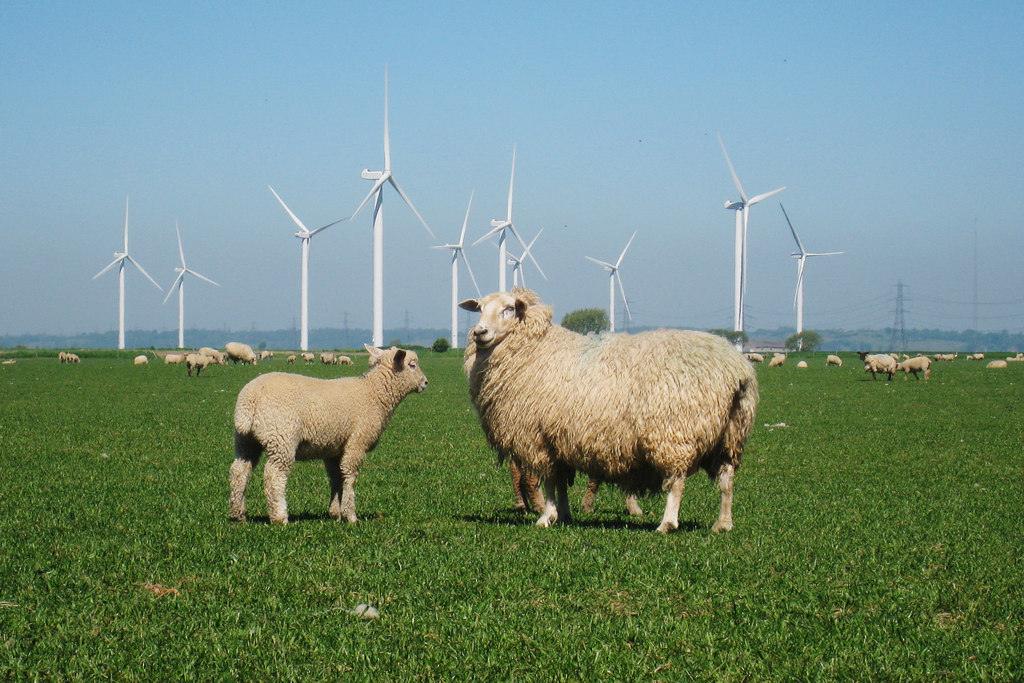
Wind power is the now the UK”s leading source of electricity, producing 32% of the UK’s electricity in 2024, outpacing natural gas at 31% and all other sources.
Over the past year, wind farms generated an astounding 83 terawatt-hours (TWh) of electricity – a 6% increase compared to the year before.
The UK has 11,500 operational wind turbines delivering over 30 gigawatts (GW) of installed capacity. There’s been a doubling in capacity since 2017, with the acceleration steepening in recent years.
Offshore wind farms, like Dogger Bank and the newly completed Viking Wind Farm on the Shetland Isles, are major contributors to this picture of rapid expansion.
The UK government’s commitment to renewable energy includes plans to double onshore wind capacity and significantly increase offshore capacity by 2030.
By then, the total installed wind power capacity is expected to exceed 60 GW, enough to power over 50 million homes annually.
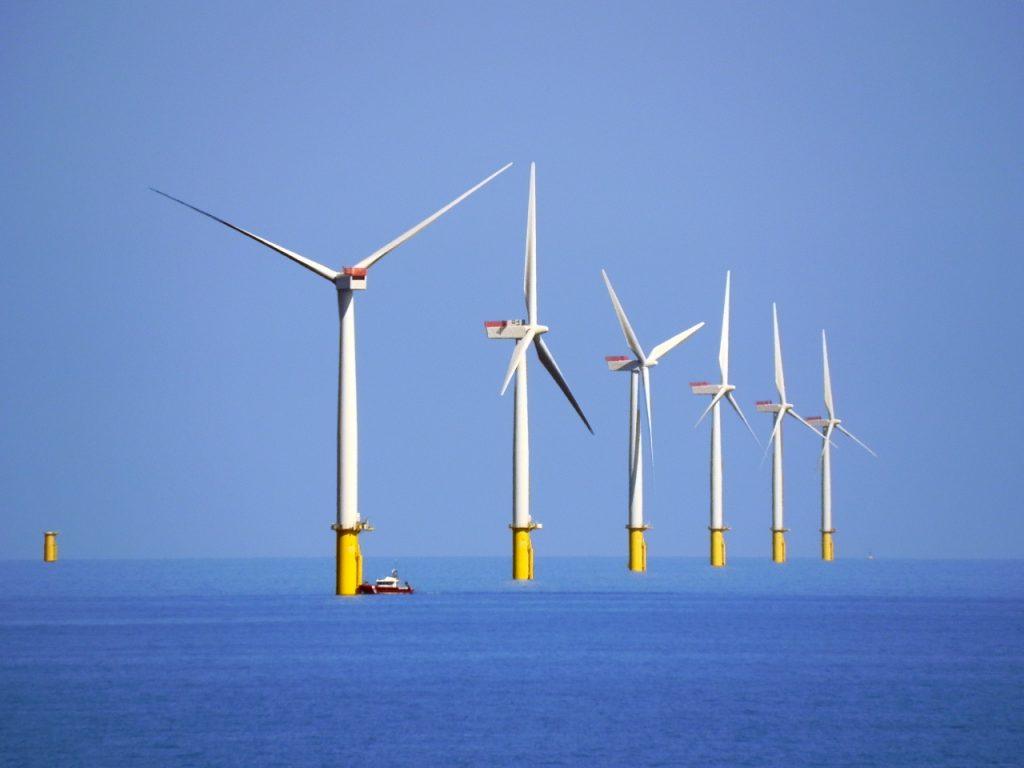
Are They Environmentally Friendly
Wind turbines are generally considered environmentally friendly, especially when compared to fossil fuel-based energy sources. But like any technology, they come with trade-offs.
Here’s a balanced, fact-checked breakdown:
Environmental Benefits
- Low Carbon Emissions: Wind turbines emit only about 7–11 grams of CO₂ per kilowatt-hour over their lifetime – far lower than coal (1,000 g/kWh), gas (450 g/kWh), or even solar (33 g/kWh)2.
- No Air or Water Pollution: Unlike fossil fuels, wind energy doesn’t release harmful pollutants like sulphur dioxide or nitrogen oxides, nor does it require water for cooling.
- Land Use Efficiency: Turbines have a small footprint, allowing surrounding land to be used for farming or conservation.
- Renewable and Abundant: Wind is inexhaustible and widely available, making it a sustainable long-term energy source.
Environmental Challenges
- Manufacturing Impact: Building turbines requires energy-intensive materials like steel, concrete, and rare earth metals. These contribute to a front-loaded carbon footprint, though it’s offset over decades of clean energy production.
- Wildlife Concerns: Poorly sited turbines can affect bird and bat populations. However, modern siting practices and technology are improving mitigation. The effect of wind farms at sea on whales is being studied but is mainly thought to be during construction.
- Blade Disposal: Turbine blades are made from composite materials that are difficult to recycle, though new techniques are emerging to address this.
In short: wind turbines are one of the cleanest energy options available, especially when their full lifecycle is considered.
And on a personal note, I’d rather look at 26 wind turbines quietly twirling away on the Marsh horizon, than a smoky/steamy power station any day.
Sources: renewableuk.com, nationalgrideso.com, energyvoice.com, bbc.co.uk

